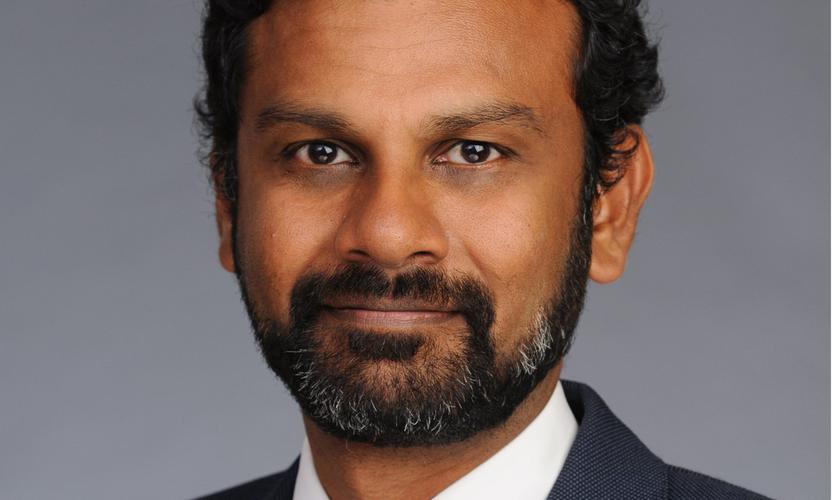GRESB scores are a quick and easy way for investors to understand how sustainable their portfolio is. But they tend to focus investor attention on buildings with already high scores, not those that need improvement. For real estate to meet its carbon-reduction targets, and survive the onslaught of the Covid-19 pandemic, alternative sustainability metrics will be required that reflect potential as well as actual ESG value.
High scores could limit return and impact
Until now, asset managers and asset owners interested in sustainability have built real estate portfolios with the highest possible GRESB scores by choosing already green assets, often newly built. This gives them high ESG metrics at the time of asset acquisition, but leaves little room to improve the sustainability profile over the lifetime of the holding. It may even limit the return and impact potential of making an ESG-conscious investment in the first place.
Indeed, if investors continue to buy only buildings with the highest ESG scores and do not seek to increase the scores of existing stock, then the real estate sector - possibly among the industries most likely to be impacted by climate change - may fail to meet its UN Sustainable Development Goals (SDGs). While the sector has begun to reduce carbon emissions, it has fallen behind on energy consumption and efficiency targets. SDG number 7.3 aspires to double energy efficiency improvement rates by 2030. To achieve this target, global energy efficiency has to improve by a 2.6 per cent compounded rate between 2010 and 2030.
In 2019, GRESB cited a study by Carbon Risk Real Estate Monitor. It warned that “European commercial properties will need to reduce their carbon emissions by more than 80 per cent until 2050” if they are to help keep global warming below two degrees from pre-industrial levels, as outlined in the Paris Agreement.
Simply buying more environmentally-friendly assets won’t eradicate those assets with a poor ESG profile. Today, less than 2 per cent of European real estate assets in the investable universe have what would universally be considered strong ESG characteristics. The replacement rate, meanwhile, runs at somewhere between 1-2 per cent a year. Therefore, it typically takes 50 years to completely replace the existing real estate stock in any one city. So, investors must do more now to tackle the buildings we already have.
A different way to increase sustainability
The Fidelity Real Estate team believes there is an opportunity to contribute to sustainability in a different way. This involves not only analysing existing ESG metrics of a particular asset, but also undertaking due diligence on the ESG potential of that asset. This should not only improve the asset’s longer-term return profile, but more importantly its potential benefit to the environment and the wider population.
Improving ESG outcomes is not limited to environmental characteristics. The Covid-19 crisis has been an opportune time to see how managers can put the ‘S’ in ESG to work. The need to understand tenant sustainability, as well as the sustainability credentials of individual properties, is more important than ever. Landlords like Fidelity have sought to foster a collaborative partnership with tenants through a challenging time, providing rapid support through the use of more flexible rental payment terms, rent deferrals and rent reductions.
The trend towards tenants wanting more sustainable buildings has only been accelerated by the pandemic, both in terms of climate impact and employee welfare. With the number of extreme weather events on the rise and concerns about Covid persisting, future tenants will expect good climate management systems and employee facilities. Properties without such characteristics are likely to become out of favour and will quickly become unsellable – or ‘stranded’. In addition, insurance premiums are likely to rise as flooding and storm risks grow and insurers reflect risks aligned to more stringent climate-related legislation.
Building ESG profiles that capture potential
Asset managers can help make existing sites more sustainable by improving their ESG attributes and their reporting. At Fidelity, we report the data from the buildings where we have full control over the utility decisions, but also engage with tenants of other buildings where we do not. This helps us build a fuller picture of the ESG profile of similar assets. Once we have built a data set, we work with specialists to analyse the performance of a building and chart a path towards that asset’s optimum operating profile. We look at key areas such as water, waste, electricity, CO2 emissions and gas consumption.
We communicate this data to GRESB to achieve the appropriate scores, but also look for new ways to capture the potential within existing buildings, as well as supporting higher scoring developments. We work with clients to understand the metrics and time periods they are considering, and how we can better report the expected financial and social return from a particular investment. Below we outline two case studies that demonstrate our approach.
Case studies
Using vacancy to upgrade offices in Cardiff
Our Real Estate team took advantage of a vacancy at an office site in Wales to make some significant changes. We embarked on a £6 million renovation that included introducing 82 new cycling spaces, eight shower and changing facilities and 14 electrical charging points. As part of the drive for greater efficiency, we also upgraded all the lighting to higher-performing LEDs, installed better hand driers and replaced WCs with low-flow cisterns. We removed gas supplies to the property and replaced outdated cooling systems. To meet demand for a better experience for employees, we created more chill-out zones outside and improved security systems. While offices have come under pressure during the pandemic, we believe buildings like these that offer better access for cyclists and more outdoor spaces will continue to attract tenants. We estimate that the refit has increased the potential rental income from £15 a sq foot to £22 a sq foot - a significant uplift on a 63,000 sq foot site.
Sustainable logistics development in Berlin
We invested in a sustainable logistics development in Berlin, which achieved a gold standard from the German Sustainable Building Council. The space configuration ensures that it can be used flexibly throughout the lifecycle of the asset - a useful attribute during the pandemic as more activity goes online and demand increases for high quality local warehousing. The development uses efficient gas-fired power, intelligent LED lighting and superior insulation to minimise its energy consumption. Areas around the site were also developed to protect bio-diversity and capture rainwater for irrigation. Finally, we joined forces with the tenant to introduce a food truck for onsite workers, which has been opened up to the public. The construction cost of the development was €21 million, and the estimated value is around €30 million.









































